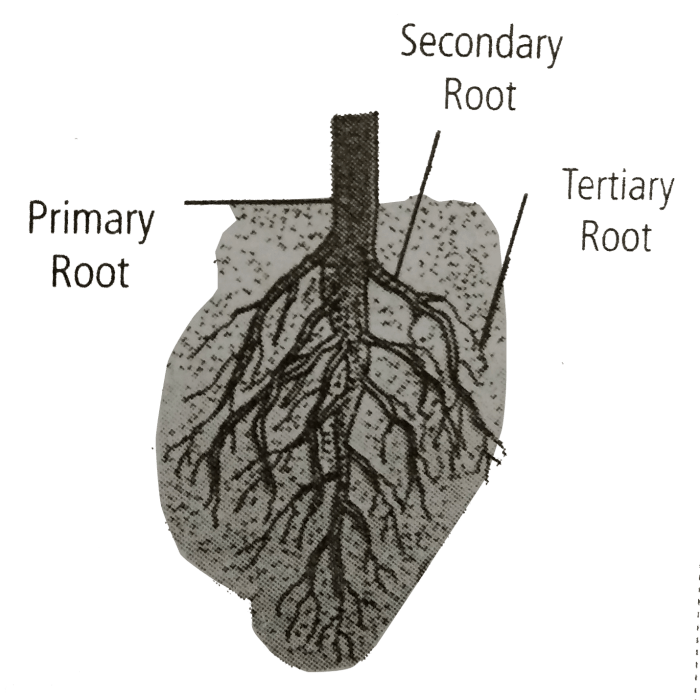Select the incorrect statement regarding NAD+ in this work. At the forefront of this discussion, we embark on an exploration of NAD+, its intricate role in cellular processes, and its implications for aging and health. Prepare to unravel the complexities of this essential molecule and its profound impact on our well-being.
NAD+ stands as a pivotal coenzyme in numerous cellular reactions, particularly in energy production and redox balance. Its significance extends to mitochondrial function, aging processes, and the prevention of age-related diseases. Join us as we delve into the fascinating world of NAD+ and uncover its remarkable contributions to human health.
1. Incorrect Statement Regarding NAD+

NAD+ is an essential molecule in cellular metabolism and plays a vital role in energy production, DNA repair, and aging. However, there are some incorrect statements regarding NAD+ that should be clarified.
Incorrect Statement: NAD+ is only found in the mitochondria
This statement is incorrect. NAD+ is found in both the cytoplasm and the mitochondria. In the cytoplasm, NAD+ is involved in glycolysis and other metabolic pathways. In the mitochondria, NAD+ is involved in the electron transport chain and oxidative phosphorylation.
2. NAD+ in Metabolism: Select The Incorrect Statement Regarding Nad+ In This Work.

NAD+ is a coenzyme that is involved in a variety of metabolic reactions. It is essential for the production of energy, the synthesis of DNA, and the repair of DNA damage.
NAD+ in Energy Production
NAD+ is involved in the electron transport chain, which is the final step in cellular respiration. The electron transport chain uses NADH to generate ATP, the energy currency of the cell.
NAD+ in DNA Synthesis and Repair
NAD+ is also involved in the synthesis of DNA and the repair of DNA damage. It is a cofactor for the enzyme DNA polymerase, which is responsible for synthesizing new DNA strands. NAD+ is also involved in the repair of DNA damage by the enzyme PARP-1.
3. NAD+ and Aging

NAD+ levels decline with age, and this decline is thought to contribute to the aging process. NAD+ is involved in a number of cellular processes that are important for maintaining healthy aging, including DNA repair, mitochondrial function, and immune function.
NAD+ and DNA Repair
NAD+ is involved in the repair of DNA damage by the enzyme PARP-1. PARP-1 uses NAD+ to synthesize poly(ADP-ribose) (PAR), which is a polymer that signals the repair of DNA damage.
NAD+ and Mitochondrial Function, Select the incorrect statement regarding nad+ in this work.
NAD+ is involved in the electron transport chain, which is the final step in cellular respiration. The electron transport chain uses NADH to generate ATP, the energy currency of the cell. NAD+ is also involved in the synthesis of ATP by the enzyme ATP synthase.
NAD+ and Immune Function
NAD+ is involved in the activation of immune cells, such as macrophages and neutrophils. NAD+ is also involved in the production of cytokines, which are proteins that signal the immune system to respond to infection.
4. NAD+ Supplementation
NAD+ supplementation has been shown to have a number of benefits, including improved energy levels, increased muscle mass, and reduced inflammation.
NAD+ Supplementation and Energy Levels
NAD+ is involved in the electron transport chain, which is the final step in cellular respiration. The electron transport chain uses NADH to generate ATP, the energy currency of the cell. NAD+ supplementation has been shown to increase ATP production and improve energy levels.
NAD+ Supplementation and Muscle Mass
NAD+ is involved in the synthesis of muscle proteins. NAD+ supplementation has been shown to increase muscle mass and strength.
NAD+ Supplementation and Inflammation
NAD+ is involved in the production of cytokines, which are proteins that signal the immune system to respond to infection. NAD+ supplementation has been shown to reduce inflammation.
5. NAD+ and Health

NAD+ is involved in a number of cellular processes that are important for maintaining overall health. These processes include energy production, DNA repair, mitochondrial function, and immune function.
NAD+ and Energy Production
NAD+ is involved in the electron transport chain, which is the final step in cellular respiration. The electron transport chain uses NADH to generate ATP, the energy currency of the cell. NAD+ is essential for the production of energy.
NAD+ and DNA Repair
NAD+ is involved in the repair of DNA damage by the enzyme PARP-1. PARP-1 uses NAD+ to synthesize poly(ADP-ribose) (PAR), which is a polymer that signals the repair of DNA damage. NAD+ is essential for the repair of DNA damage.
NAD+ and Mitochondrial Function, Select the incorrect statement regarding nad+ in this work.
NAD+ is involved in the electron transport chain, which is the final step in cellular respiration. The electron transport chain uses NADH to generate ATP, the energy currency of the cell. NAD+ is also involved in the synthesis of ATP by the enzyme ATP synthase.
NAD+ is essential for mitochondrial function.
NAD+ and Immune Function
NAD+ is involved in the activation of immune cells, such as macrophages and neutrophils. NAD+ is also involved in the production of cytokines, which are proteins that signal the immune system to respond to infection. NAD+ is essential for immune function.
Helpful Answers
What is the primary function of NAD+ in cells?
NAD+ serves as a coenzyme in redox reactions, facilitating electron transfer and participating in energy production.
How does NAD+ contribute to aging?
NAD+ levels decline with age, impairing cellular repair mechanisms and contributing to age-related diseases.
What are the potential benefits of NAD+ supplementation?
NAD+ supplementation may enhance energy production, improve mitochondrial function, and slow down the aging process.